February 28, 2018, demarks the date 30 years ago, I was calm, excited and also nervously preparing my cast and crew for the Closing Ceremonies of the 1988 Calgary Olympics. Soon 350 skaters would slide down two man-made ice ramps onto two Olympic-sized ice sheets (never created before) entertaining the crowds with a grande finale (VIDEO) launching the international fame of singer k.d.lang – the Alberta Rose.
I had a very lucky, auspicious position and sometimes daunting role of being the Director and Choreographer for the Closing Ceremonies. What a year-long production journey that was with an amazingly fun, energetic, talented production team. To name a few – Brian Pockar, Brian Klavano, Marti Kulich, Frances Defoe …
One Performance Only
On that day, I have to say I was jittery, as all the work that everyone had done was coming down to one performance only. Yes, one performance only. Was it going to flow smoothly; what mishaps might appear; was the weather going to co-operate and not freeze the pants off of everyone; or what was going through minds of those performers from ages 4-80 years old. So many questions went through my head and my whole body. My question today is, ‘where was my mindset on that date or for the many months leading up to this event?’
Fast Forward Pyeongchang
All the training in the world for those athletes in Pyeongchang came down to one performance. Will all the stars align to perform at their very best? Who might be the dark horse that might just come out of nowhere and win? As I have read over and over again from athletes – ‘you just never know who will perform at their best’ or ‘that’s sport for you’ or ‘it is all unpredictable, nothing is certain’.
Mindset
This is where mindset comes in. Mindset is talked about constantly for high performing athletes, entertainers, leaders and the list goes on where high performance is vital. All the training, skill and talent in the world is nothing without the right mindset. After reflecting on my time during the ’88 Olympics, it was also my mindset that drove me through all those cold chilly months of rehearing in -30 Celsius weather, production meetings, changes in cast, flexing in the moment and being ready to change direction. It was also partially the dream, however, dreams are nothing without an active mindset. Ok, so what kind of mindset you may ask yourself?
Ah – The Nomadic Mindset
While I have been watching these magnificently trained and honed athletes, I realized these athletes need to have and do have that phenomenal nomadic mindset I have been researching for an upcoming leadership book, ‘The Nomadic Mindset,’ Never settle, for too long.
When I speak about the nomadic mindset it is not about the physical and geographic wandering the world – it is the movement of the mind. For a nomad, the primary focus of life is about survival. For us, it is the same thing, yet not a word we speak about very much. This is the baseline of life – survival. For these athletes it is also about the survival of the fittest in many ways – so Darwin was perhaps very right in his theories.
Survival of the Fittest
Survival appears on so many different levels and ways such as – am I fit enough; is my bobsleigh in top mechanical condition for this temperature or ice conditions; are my skis or snowboard in the best shape or did someone swap mine; are my skates sharp enough; what is in the mind of the other athletes; have a I trained enough hours; is the temperature right for me; have I eaten well or slept enough and more.
Convergence of time and place
So many aspects of these athletes need to come together and converge at the right time and the right place just as it does in the business world. This is where the nomadic mindset is there to help you with the flexibility of your thinking; focus of that goal; one-pointed vision that is needed to optimize the performance; ability to adapt to snow or ice conditions; or let go of the mind games that happen from competitors or even from inside the athlete themselves. Do these sound familiar from an organization context?
Leaders and the Nomadic Mindset
Leaders also need to embrace the same nomadic mindset qualities and adapt them to their worlds in organization or government if they wish sustained success. These athletes push the limits with no boundaries, risk and in some instances their lives, and the resilience and determination to that desire by getting over failures or accidents so they can rise to the highest of their human potential.
This is the nomadic mindset.
Pierre de Coubertin
As Pierre de Coubertin, the father of the modern Olympics who had, I believe, a nomadic mindset and dream. He states in the Olympic Creed,
“The most important thing in the Olympic Games is not to win but to take part, just as the most important thing in life is not the triumph but the struggle. The essential thing is not to have conquered but to have fought well.”
Nomadic mindset leaders wherever you are, does this creed and purpose resonate with you and the way you lead your organizations? If so, how can you apply this mindset?
I am truly grateful to have had this experience of whereby the Closing Ceremonies was beamed to 2 billion people worldwide and 60,000 live viewers sitting huddled together in sub-zero at the weather in McMahon Stadium in Calgary waving candles in the night celebrating human virtuosity that was powered by the nomadic mindset.
Leaders – Go forth and conquer the world in your organization, your life, your family with the right mindset – the nomadic mindset. Remember you only have one performance to get it right!
Kevin Cottam, the Global Nomad
If you are rather a visual person, here is my latest video on the Nomadic Mindset YouTube channel. And if you like it, you can subscribe at the end of the video so that you don’t miss any new one.

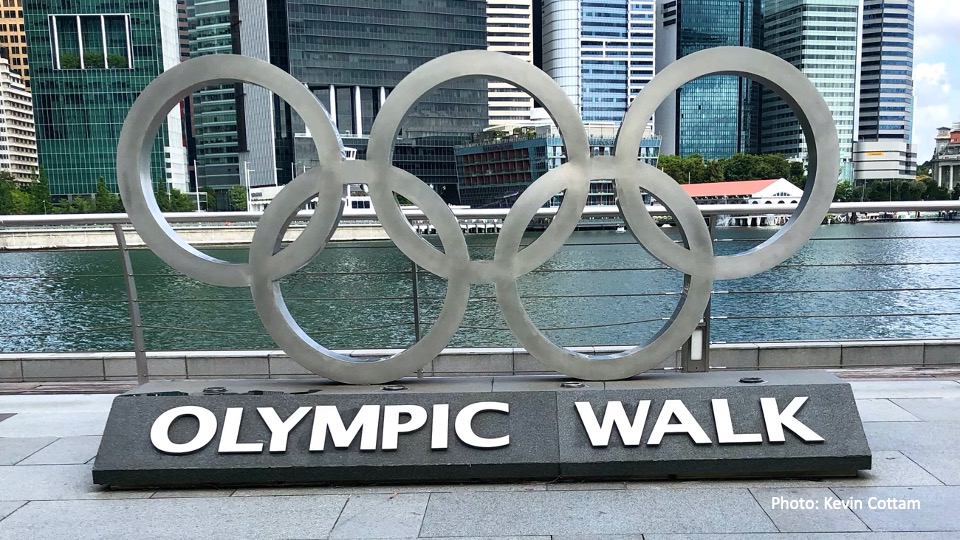
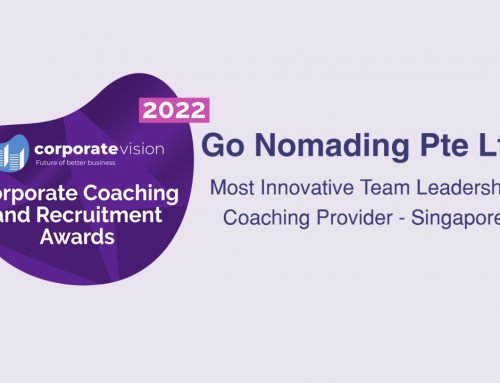
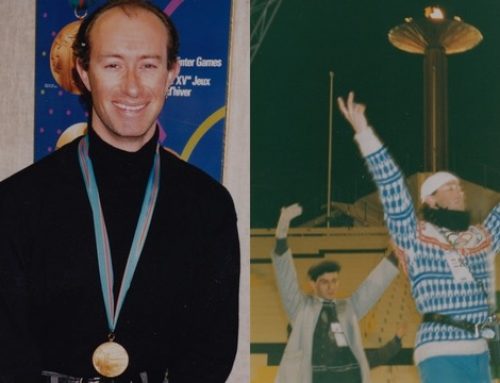
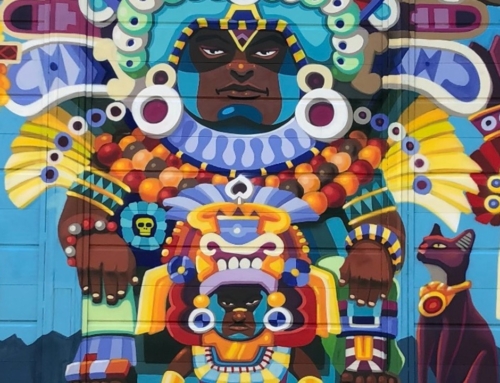
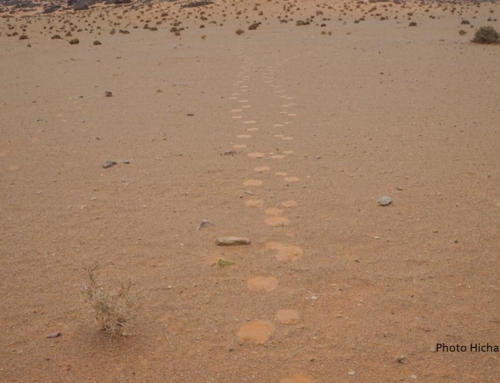
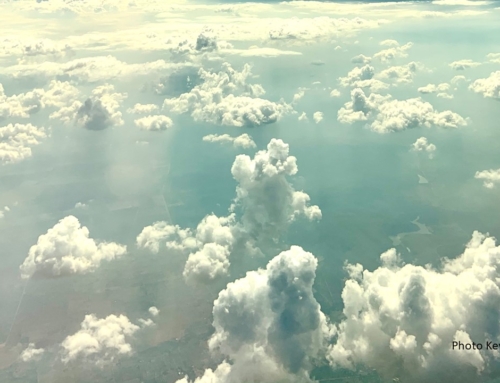
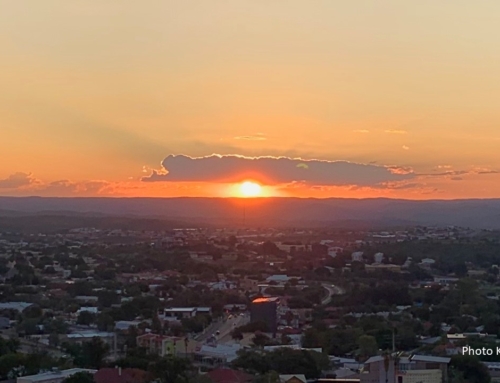
Leave A Comment